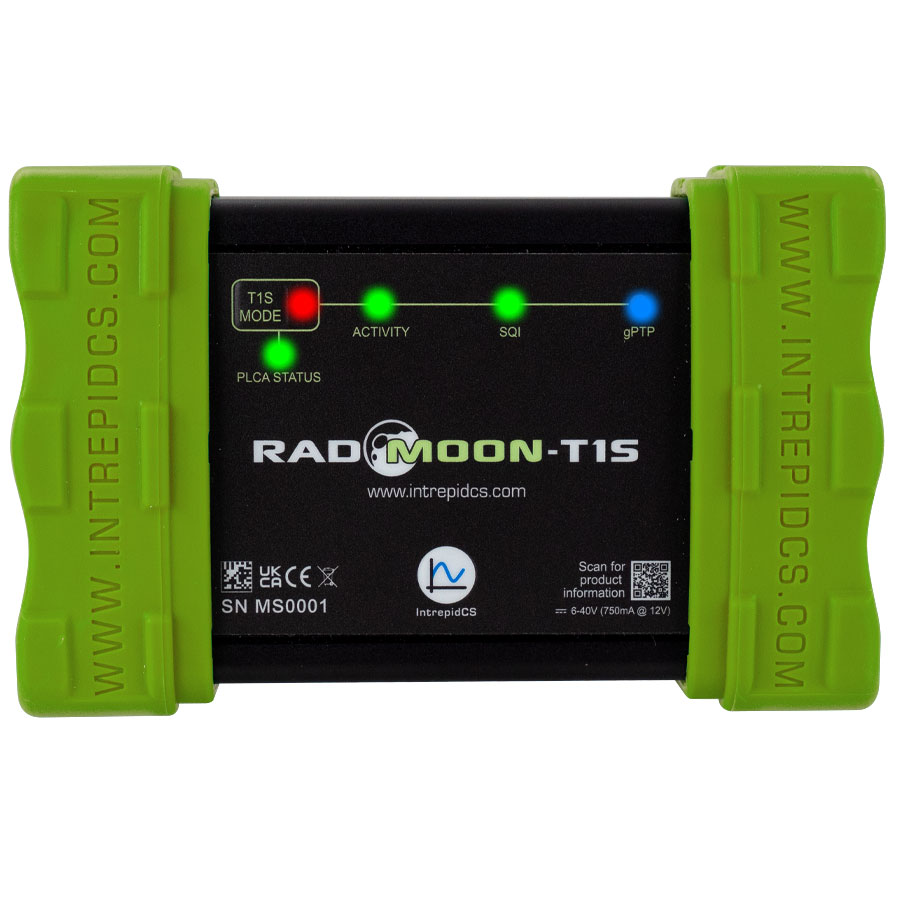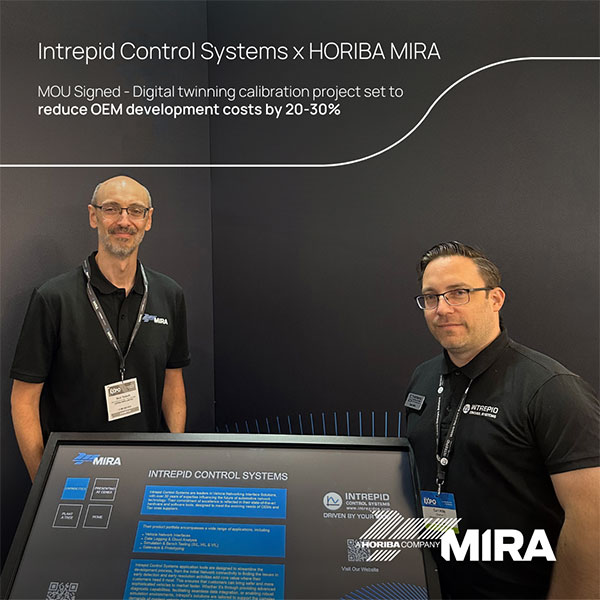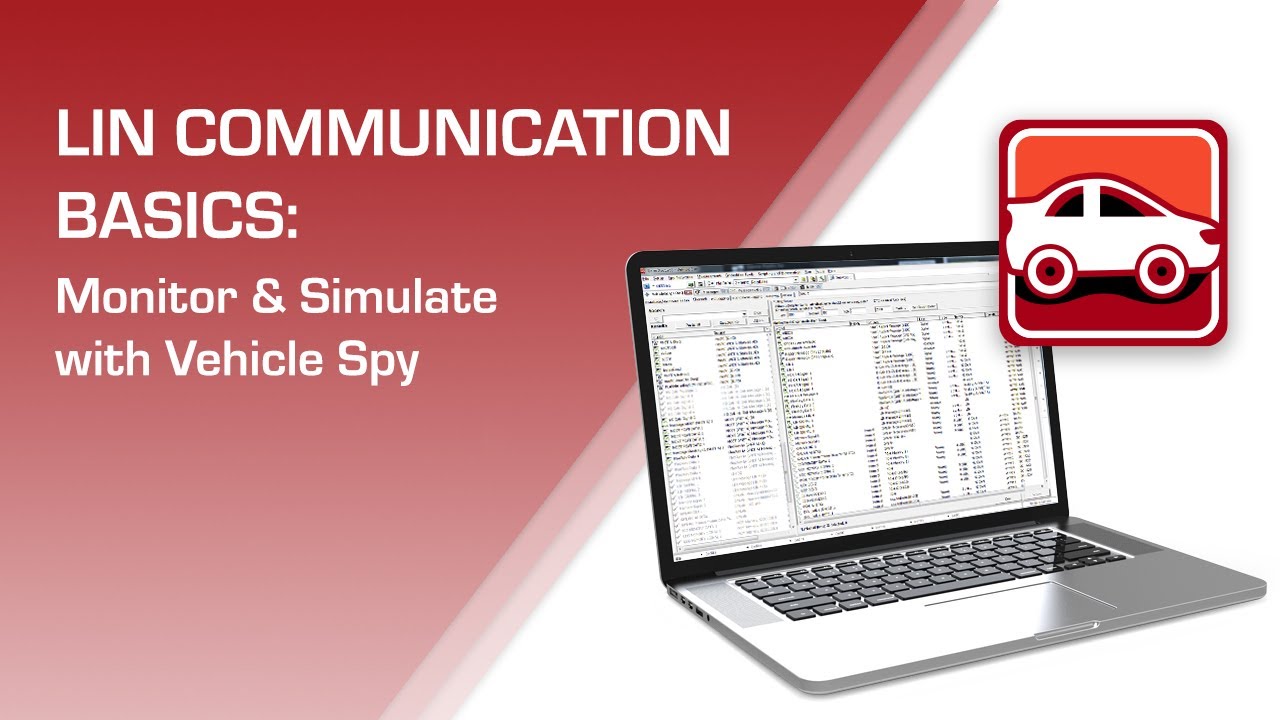The automotive industry is rapidly evolving, and with the advent of new technologies, the demand for high-speed and reliable connectivity within vehicles has increased. In order to meet these requirements, a new standard known as 10GBASE-T1 Multigigabit “Multi-Gig” for Automotive Ethernet has emerged. In this blog post, we will explore the basics of this technology and its significance in the automotive industry.
To start off, let’s understand the concept of a media converter. Ethernet, which is commonly used for data transmission, can be transmitted through various media types such as fiber and twisted pairs (copper). The most common media type for Ethernet is twisted pairs, which typically supports Gigabit speeds. However, for automotive applications, the use of traditional Gigabit Ethernet was deemed costly and had concerns related to electromagnetic emissions. This led to the development of a single twisted pair technology called 100BASE-T1 back in 2012-2014.
Since then, the automotive industry has witnessed the evolution of faster Ethernet speeds, including 100 megabit, 1 gigabit, and now multi-gigabit. The introduction of multi-gigabit Ethernet was driven by the need for high bandwidth within vehicles due to the emergence of a new architecture where a central compute module aggregates data from various parts of the vehicle. This architecture necessitates a high-speed lane to avoid bottlenecks in data transfer.
In response to the automotive requirements, an amendment to the IEEE document, known as 802.3ch, was introduced. This amendment defined MultiGBASE-T1, which encompasses 2.5 gigabit, 5 gigabit, and 10 gigabit speeds over a single twisted pair. Unlike consumer Ethernet, which can achieve a range of up to 100 meters, MultiGBASE-T1 has a maximum range of 15 meters with four interconnects. These trade-offs were made to address specific automotive needs, including electromagnetic compatibility (EMC) requirements and power consumption considerations.
One notable feature of MultiGBASE-T1 is its support for auto negotiation, allowing different physical layers (PHYs) to negotiate speeds and roles in the link. Additionally, energy-efficient operation is supported, enabling low-power modes when the link is idle or not operating at full bandwidth.
Intrepid Control Systems offers a product called RAD-Moon 3, which serves as a media converter for MultiGBASE-T1. This device takes four twisted pairs from consumer Ethernet and converts them into a signal transmitted over a single twisted pair for automotive Ethernet. The RAD-Moon 3 features a user interface that provides information about the operating speed, link status, clock sourcing, and link activity. It supports all the test modes specified in 802.3ch, allowing for various diagnostic and testing capabilities. Moreover, it offers an open-source API that enables direct communication with the PHYs, making it useful for advanced features such as time domain reflectometry (TDR) and low-power functionality.
In conclusion, the introduction of 10GBASE-T1 Multigigabit “Multi-Gig” for Automotive Ethernet has revolutionized connectivity within vehicles. As automotive systems become more advanced and data-intensive, the need for high-speed and reliable communication becomes paramount. With technologies like MultiGBASE-T1 and products like RAD-Moon 3, automotive Ethernet can provide the necessary bandwidth and performance to support the evolving automotive architectures.

- The RAD-Moon is a compact and cost-effective option for connecting BroadR-Reach®/100BASE-T1 Automotive Ethernet devices to PCs equipped with 4-wire 10/100 Ethernet ports, suitable for monitoring, analysis, diagnostics, and similar applications in an Automotive Ethernet environment.
- The RAD-Moon 2 supports conversions between different Ethernet types, such as 100BASE-T1 to 100BASE-TX or 1000BASE-T1 to 1000BASE-TX, with its rugged and portable design.
- The RAD-Moon 3 focuses on converting MultiGBASE-T1 to MultiGBASE-T for direct PC-ECU/Switch connections in In-Vehicle Networks.




